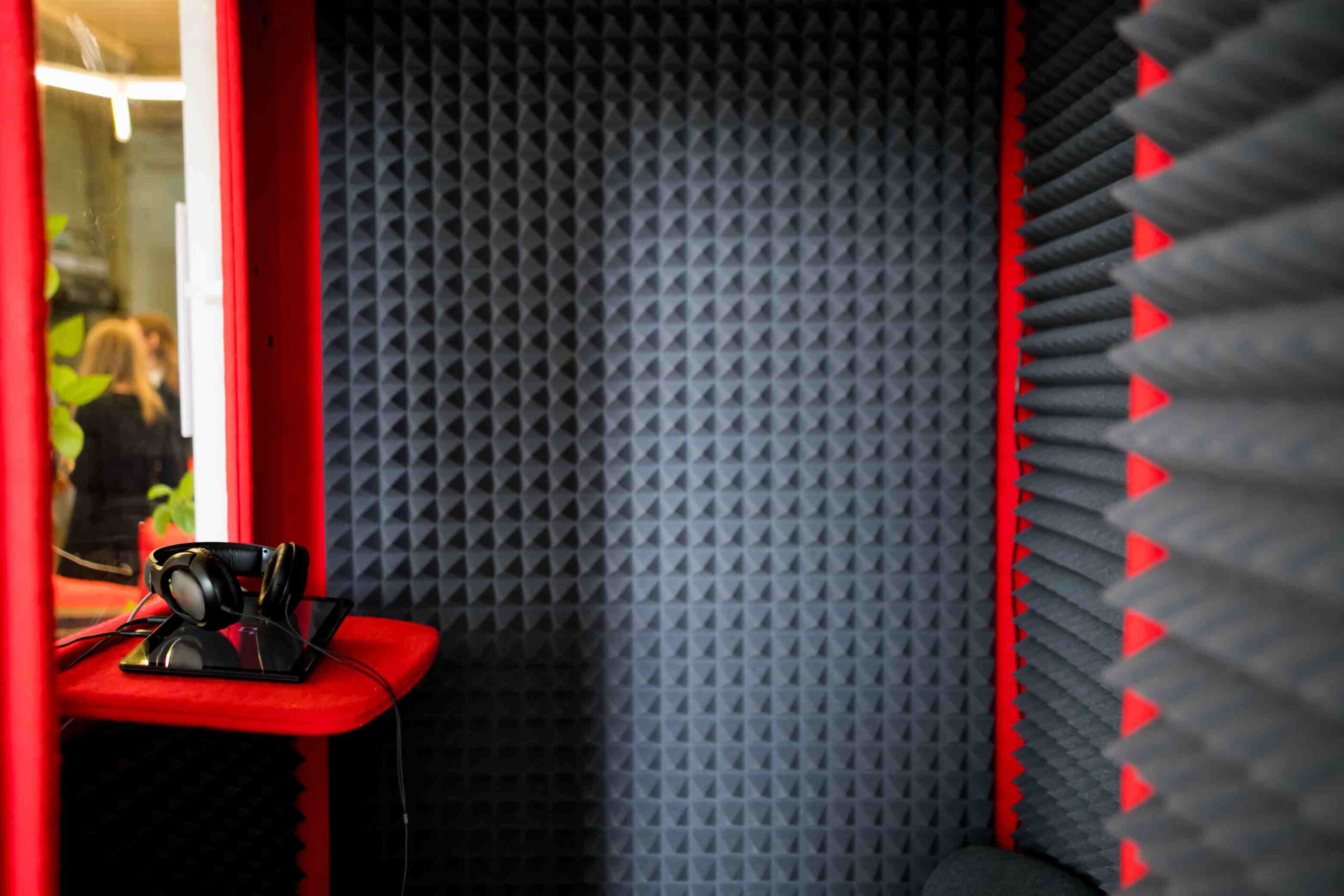Soundproofing is an attractive option for homeowners who want privacy or peace of mind.
Whether having a baby, building a music studio, or wanting to eliminate excessive noise from your next-door neighbors, it’s always a bright idea to minimize the sound seeping through your walls, windows, and doors.

Ideally, noise isolation is best done while the building is being constructed, although you can make some modifications post-construction, though. But, before moving forward with the project, consider some elements to help you make an informed decision.
Here are tips on selecting ideal acoustical drywall supplies:
1. Know The Basic Soundproofing Strategies
Before rushing to your nearest hardware store, it helps to know how to isolate sounds effectively. Learning the basics of soundproofing is paramount to understanding the best approach.
You may also visit this website for some helpful information on materials, tools, and installation.
In the meantime, here are the fundamental noise isolation principles that can guide you when choosing acoustical drywall supplies:
- Mass – Any thick and solid object can impede sound. However, it’s not always possible to place thick concrete walls, especially between two drywalls. Mass-loaded vinyl, or MLV, might help do the trick.
- Mechanical decoupling (isolation) – This principle involves introducing specific gaps in certain parts of the structure to manage sound vibrations better.
For instance, your professional contractors may suggest resilient channels, double-stud walls, and sound clips to absorb the noise instead of leaking through the walls.
- Absorption – Most acoustical materials have high absorption capacities and claim to absorb most of the sound energy upon contact. These materials help reduce reverberation based on their thickness, installation method, and sound frequency in question.
- Sound damping/dampening – Sound energy vibrates. When the vibration frequency matches or exceeds a material’s frequency, it results in amplification and resonance—in effect, making it louder. Damping controls vibrations, and reducing resonance is one of the primary goals of acoustical drywall supplies.
Materials such as fiberglass, sheep’s wool, and cellulose are often inserted in cavities to reduce vibration and sound transmission. Carpets, acoustic foam, and panels are also considered sound dampening materials.
While the principles above can work independently, they all co-exist. Picking an individual strategy may be irrelevant, and only employing all or a few of these tactics can help you achieve optimal results. Keep this thing in mind when choosing a design for your music room.
Read Also:
2. Find Out How Different Materials Work
Before installing thicker drywall or purchasing decoupling materials alongside sound-absorbing or dampening products, it helps to study your options well. You can use some tips below to make shopping less challenging.
- Soundproofing foam is a natural sound absorber contact and works by converting sound energy into heat. A staple in music studios, this material reduces the circulation of sound waves inside the room.
Foam panels are one of the market’s most versatile acoustical drywall supplies. They can be placed on walls, ceilings, doors, and floors.
They also come in spray cans that you can put between a home’s wall partitions to manage sound circulation. Thicker and denser foams provide better results.
- Soundproofing sheets could either be made from polyurethane foam or polyvinyl chloride (PVC). They also absorb sound energy and provide better insulation.
Of the two, PVC provides better sound isolation because it’s non-porous and has better mass than the former.
- Mass-loaded vinyl or MLV may be the preferred material for the different soundproofing sheet types. MLV is highly dense, flexible, and heavy, making it an effective sound blocker.
The material also boosts any structure’s sound transmission class or STC ratings, or the sound isolation properties of a wall assembly, because of its mass. The material can be applied to ceilings, walls, and doors.
- Acoustic caulk can fill in the gaps and cracks in any section of your home, including windows, walls, and doors. They block air and, as a result, can help minimize vibrations.
- Mid-range frequencies or everyday sounds, like horn-honking or a dog barking, are best addressed by porous sound absorbers, including certain types of plastic foams, insulators, fiberboards, and carpets.
- Plate or membrane absorbers, such as gypsum boards, wooden doors, and hardboard panels, are non-porous and transform sound energy into mechanical energy.
They work well in controlling noises from low-range frequencies. As they amplify high-frequency sounds, it’s best to use other sound dampening materials to manage noises better.
Once you’ve decided on the best acoustical drywall supplies based on your requirements, it’s best to seek out the best product by looking at the STC ratings.
Sound transmission class, as mentioned above, indicates the sound reduction or absorption capacities of a material. Higher ratings mean better performance.
Conclusion
Most people may think blocking unwanted noise can be achieved by placing thick and hard materials on your walls, ceilings, floors, or windows. However, as discussed above, this effect must be complemented with sound absorption or dampening materials.
While it may sound counterintuitive, effective sound isolation also requires an acoustic decoupling design or using assembled materials to reinforce soundproofing strategies.
Doing so is more effective than adding a layer of drywall or using thick concrete walls as partitions.










